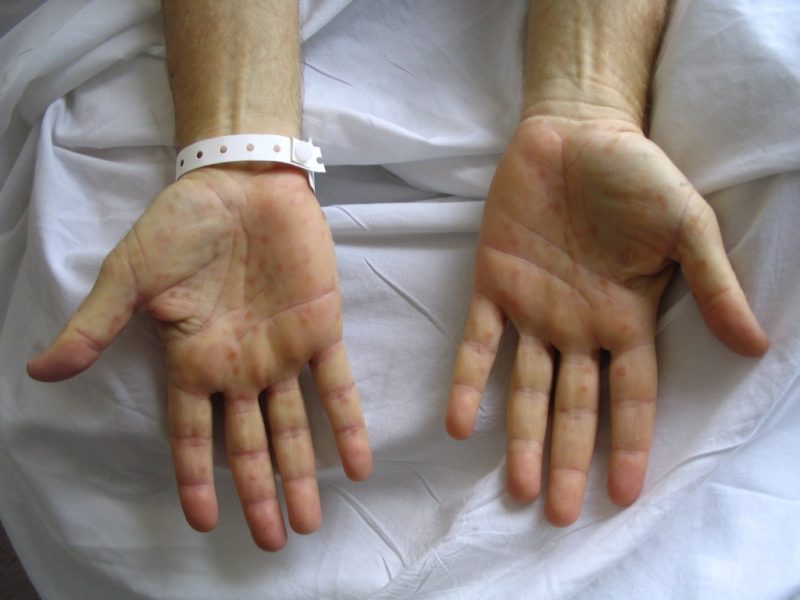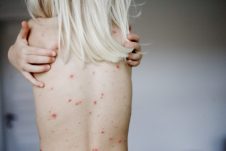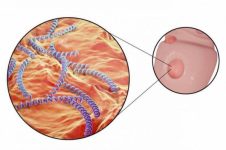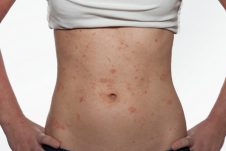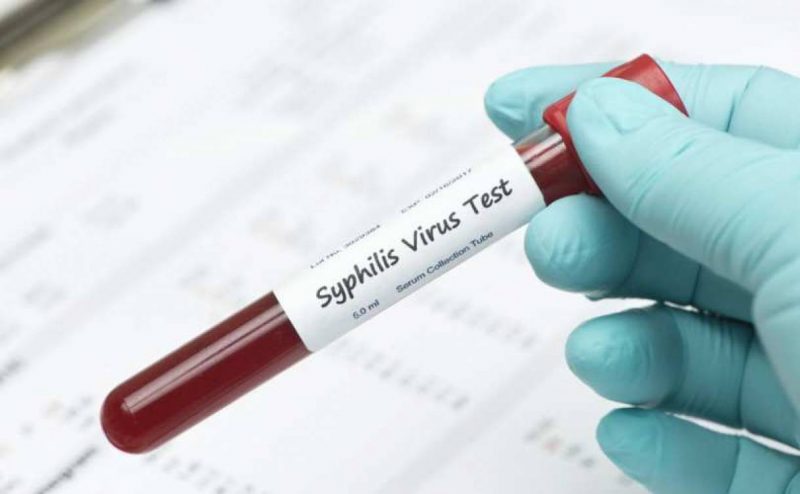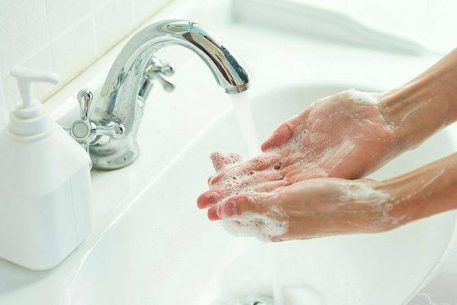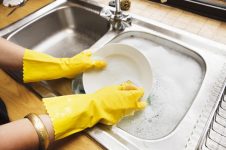Syphilis household is a dangerous infectious disease that is transmitted through close daily contact with a sick person. The disease is characterized by a long incubation period and severe damage to all organs and tissues of a person.
Material Content:
Ways of infection and the causative agent of domestic syphilis
Household syphilis is transmitted exclusively through the household. This is the main difference between such a disease and sexual syphilis. These are diseases of the same nature that are transmitted in different ways. A sick person becomes dangerous to others and poses a real threat to them. The use of personal hygiene items and dishes of the patient, kisses, smoking one cigarette - all these are direct transmission routes of infection. The bacterium enters a healthy person through damaged skin or mucous membranes.
Pale treponema (the causative agent of the disease) was discovered at the beginning of the twentieth century, but the term "syphilis" began to be used 4 centuries earlier.
Incubation period
Household syphilis does not appear immediately. Since the incubation period lasts quite a long time (from 2 weeks to six months), the patient does not even suspect that he is infected, and continues to lead a normal lifestyle, while infecting his family and loved ones.
In general, the disease is characterized by a slow, gradually progressing course over the years and decades. With repeated infection, the incubation period is short - 7-8 days.
Manifestations, primary symptoms
The first wake-up call is the appearance of red spots on the skin, which turn into dense, painless ulcers. In medicine, they are called "chancre". With sexually transmitted infection, they most often appear in the groin and genitals, while in everyday life - in different parts of the body.
The remaining primary symptoms:
- joint aches;
- temperature rise;
- swelling of the genitals;
- wounds on the mucous membranes of the oral cavity.
If the patient does not pay attention to these manifestations, the disease becomes secondary. After 1-1.5 months, the chancre heals, so it seems to a person that nothing terrible has happened. At this time, the infection begins to intensely affect the internal organs.
Symptoms of syphilis in men and women
The secondary form of the disease has characteristic, pronounced symptoms:
- inflammation and swollen lymph nodes;
- the spread of a pink rash throughout the body;
- body aches;
- insomnia;
- impaired appetite;
- weakness;
- severe headaches;
- a sharp decrease in immunity;
- hoarseness of voice;
- hair loss.
Rashes can be different in size, shape and color. Most often, they appear in places that are constantly subjected to friction from clothing. Over time, they turn into extensive growths, from which tissue fluid oozes with a huge number of pathogenic bacteria. Close contact with such patients is very dangerous precisely because of the presence of erosive and weeping ulcers.
At this stage, the disease can still be cured. The second period lasts from 4-5 months to 4 years. If untreated, the symptoms may disappear, but only in order to return again in a couple of years with tripled strength.
If a sick person has not started to be treated, the disease goes into a tertiary form.
Symptoms
- the appearance of numerous ulcers on the skin;
- swollen lymph nodes;
- complete or partial loss of vision, smell, hearing;
- paralysis;
- depression or even insanity;
- damage to all internal organs.
Ulcers destroy the tissues of the body, therefore, malformations are often formed. The destruction of the body lasts for decades and, if untreated, always leads to death.
Diagnostic Methods
The sooner syphilis can be detected, the better. But the problem is that the patient often does not suspect infection or knows about it, but is ashamed to see a doctor. For all ages, syphilis was considered a shameful disease, and people suffering from it were despised and avoided. However, in real life, few people are 100% safe from this disease, since you can become infected with syphilis by accident, even in a cheap cafe through poorly washed dishes or in a public toilet.
Typically, the patient is immediately assigned a series of tests that help immediately identify the causative agent of the disease. The result of an analysis for syphilis is often required when applying for a job, registering pregnant women, before hospitalization.
Basically, diagnostic methods include analysis of blood serum for antibodies to treponema and its DNA, the study of scrapings from rashes, urine, skin cells.
Sometimes it is difficult to identify the disease, therefore, in such cases, within 2 months after a possible infection, the patient may be recommended preventive (preventive) treatment. If more than 2 months have passed, and there are still no signs of the disease, a person should still be under the supervision of a venereologist for 6 months.
Treatment is carried out by a dermatovenerologist. Treatment of the disease should be comprehensive. Most often, potent antibiotics are used, to which severe allergic reactions often occur. Therefore, the entire period of treatment, the patient should be under the supervision of a doctor. In the primary form, treatment lasts at least 2-3 months, in the secondary - almost 1.5 years. Timely initiated and adequate treatment in almost all cases guarantees a full recovery.
Unfortunately, immunity to this disease is not produced, so you can get infected with syphilis again.
After antibiotic treatment, the immune system is greatly weakened, which increases the risk of reinfection. Therefore, follow the doctor's recommendations must be strictly and rigorously.
How not to get infected with household syphilis
The first and most important rule is careful observance of all the rules of personal hygiene. This will help protect not only from syphilis, but also from many other diseases. All hygiene items should be purely personal: each family member should have their own linen, toothbrush, towels, sponges for washing. Do not use other people's things or give someone your accessories. During holidays and feasts, you should not lose vigilance, and during alcohol intoxication this is impossible, therefore one of the good ways of prevention is to give up alcohol.
Household infection with syphilis is unlikely in people who lead a healthy lifestyle, do not drink, do not smoke, follow the rules of personal hygiene, do not eat at catering establishments of a dubious reputation, and behave carefully in public toilets.
However, one does not need to panic fear of infection. Pale treponema is poorly adapted to the external environment. At a temperature of more than 50 degrees, the bacterium dies within a quarter of an hour, at 40 it activates, but dies anyway. Therefore, it is not necessary for each member of the family to have their own cup, plate, spoon, fork. Thoroughly washing dishes in hot water kills pathogenic bacteria. At low temperatures, treponema remains viable, but is very sensitive to chemical disinfectants. For a short time, the bacterium can live on the rim of the toilet bowl, bathing accessories, household items, bedding.
Of all cases of syphilis infection, the likelihood of infection by domestic means is extremely small, however, it will not hurt anyone to observe precautions.


